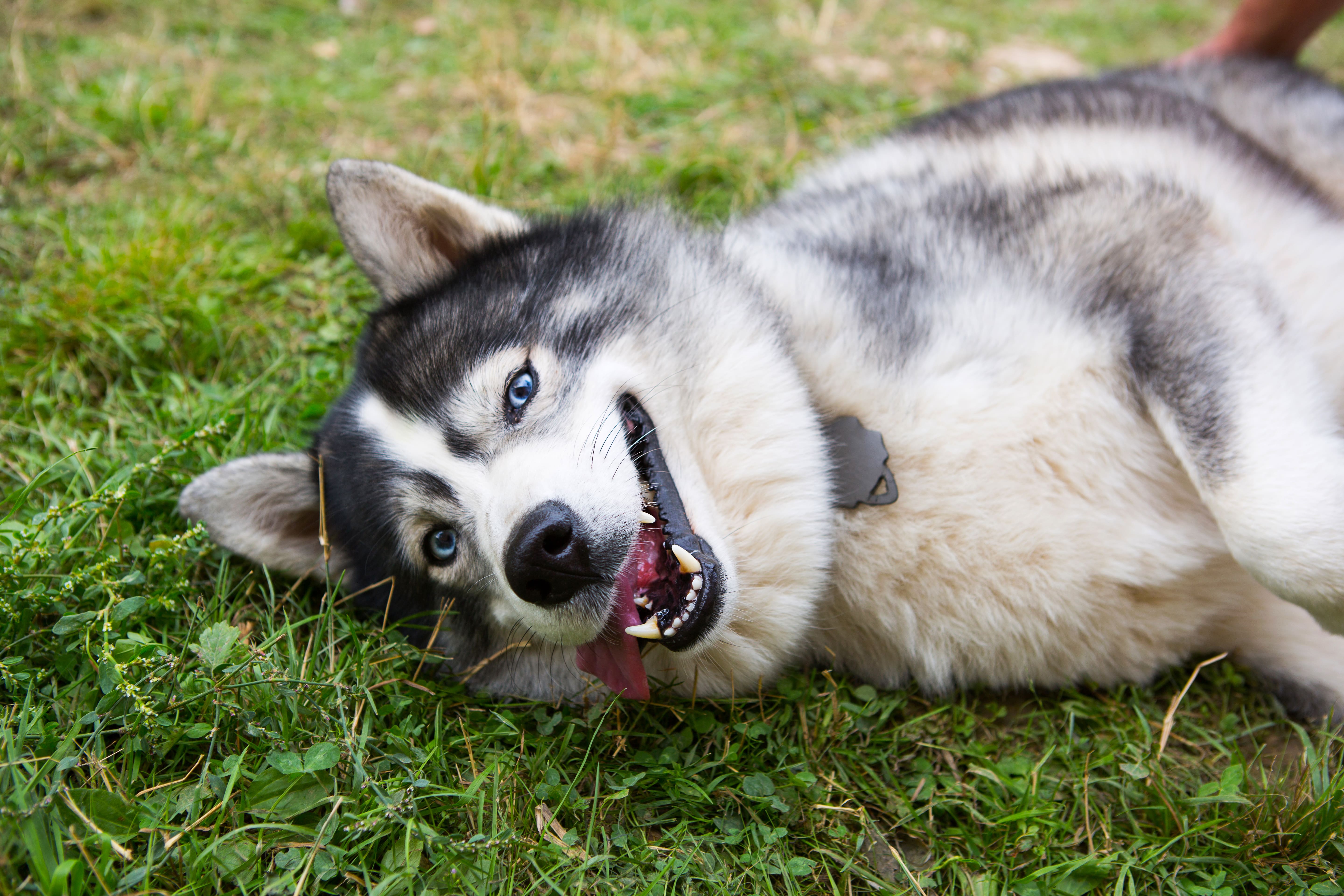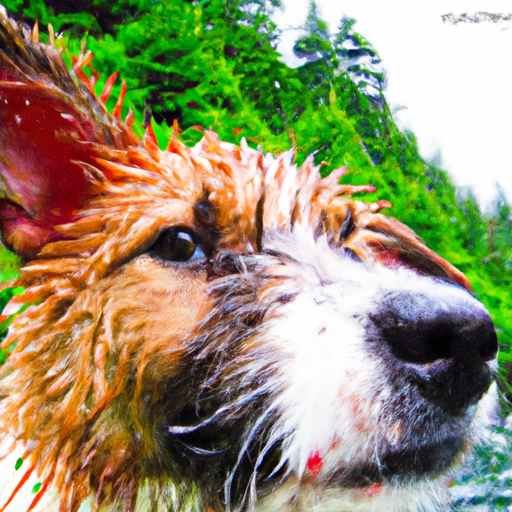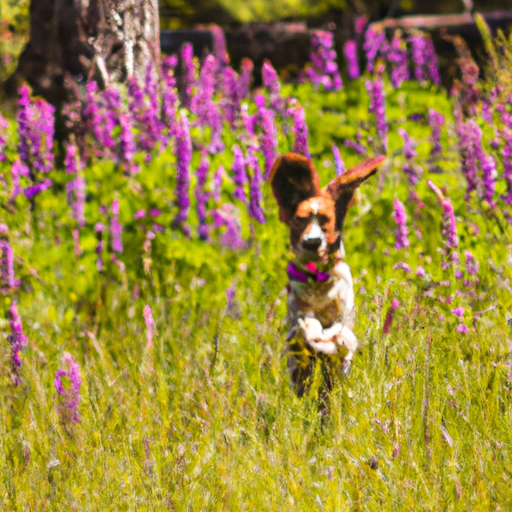In the exciting journey of raising a teenage dog, you may come across various training challenges that can test your patience and perseverance. From rebellious behavior to selective hearing, it is important to tackle these challenges with understanding and a gentle approach. In this article, we will explore common training obstacles faced when raising a teenage dog and provide practical tips to overcome them, ensuring a harmonious and well-behaved furry companion in the process. So, let's dive into the world of teenage dogs and discover how to conquer their training challenges together!
Teenage Dogs and Training Challenges
Understanding Teenage Dogs
When your furry companion enters their teenage years, just like human teenagers, they can present some unique challenges. Teenage dogs are typically between the ages of six months to two years, and during this time, they go through a developmental stage that can result in changes in behavior and attitude. Understanding the characteristics and needs of teenage dogs is crucial in effectively training them.
The Importance of Training Teenage Dogs
Training teenage dogs is essential for several reasons. Firstly, it sets the foundation for a well-behaved adult dog. By teaching your teenage dog basic obedience commands and appropriate behaviors, you are setting them up for a lifetime of good behavior and manners. Secondly, training strengthens the bond between you and your dog. It creates a mutual understanding and trust, enhancing the relationship and making it more enjoyable for both parties. Lastly, training teenage dogs is vital for their safety and the safety of others. It helps prevent dangerous situations and allows you to have control over your dog's actions in various environments.
Common Challenges Faced in Training Teenage Dogs
Training teenage dogs can present some unique challenges that are different from training younger puppies or adult dogs. Understanding these challenges can help you approach training with patience and the right strategies. Some common challenges faced in training teenage dogs include stubbornness and independence, distractions and lack of focus, and testing boundaries and pushing limits.
Understanding Teenage Dogs
Developmental Stage of Teenage Dogs
As teenage dogs go through their developmental stage, they experience physical and hormonal changes, similar to adolescence in humans. Their bodies are maturing, and they may undergo shifts in behavior and attitude as they try to assert their independence. Understanding this stage helps you navigate their behavior changes and adapt your training methods accordingly.
Behavioral Characteristics of Teenage Dogs
Teenage dogs may exhibit certain behavioral characteristics that can affect their training. They may become more energetic, easily excitable, and experience a surge in their desire to explore the world around them. They may also start displaying more challenging behaviors, such as jumping, mouthing, or even exhibiting signs of aggression. Recognizing these characteristics can help you tailor your training methods to address their specific needs.
The Importance of Training Teenage Dogs
Set the Foundation for a Well-behaved Adult Dog
The training you provide during your dog's teenage years sets the stage for their behavior as adults. By consistently teaching them basic obedience commands, such as sit, stay, and come, you are instilling good manners and self-control. This foundation will benefit them throughout their lives, making them easier to handle and decreasing the risk of behavior problems.
Strengthen the Bond between Dog and Owner
Training is not just about teaching your dog commands; it is also an opportunity to build a stronger bond with them. Positive reinforcement training methods, which involve rewarding desired behaviors, create a positive association between you and your dog. This positive association enhances the trust and connection between you, making your relationship even more fulfilling.
Ensuring the Safety of the Dog and Others
Teenage dogs can be a handful, especially when they are full of energy and curiosity. Proper training ensures their safety and the safety of others by teaching them to respond to commands and behave appropriately in different situations. Whether it's walking on a leash without pulling, reliably coming when called, or behaving calmly around other people and animals, a well-trained teenage dog is less likely to cause harm or create dangerous situations.
Common Challenges Faced in Training Teenage Dogs
Stubbornness and Independence
Teenage dogs may become more stubborn and independent during their adolescent phase. They may challenge your authority and resist following commands they previously obeyed. This challenging behavior is normal but can be frustrating for owners. Patience, consistency, and understanding are key when addressing stubbornness in teenage dogs.
Distractions and Lack of Focus
Teenage dogs have a natural curiosity about the world, and this can lead to difficulties in maintaining their focus during training sessions, especially in stimulating environments. They may become easily distracted by sights, sounds, and smells, making it challenging to get their attention. Gradually increasing the level of distractions and using high-value rewards can help improve their focus and concentration.
Testing Boundaries and Pushing Limits
During their teenage years, dogs may test their boundaries and push limits to see how far they can go. This can manifest in behaviors such as jumping, leash pulling, or refusing to listen to commands. Consistently reinforcing boundaries and rules, redirecting negative behaviors, and emphasizing positive behaviors can help address these challenges and maintain discipline.
Establishing a Training Routine
Consistency and Persistence
Establishing a consistent and regular training routine is crucial when training teenage dogs. Consistency helps them understand what is expected of them and reinforces the desired behaviors. Persistence is equally important, as it may take time for them to fully grasp and retain the training. By dedicating time every day for training, you are setting your teenage dog up for success.
Positive Reinforcement Techniques
Positive reinforcement training techniques involve rewarding desired behaviors instead of punishing undesirable ones. This approach creates a positive association in your dog's mind and motivates them to repeat the behavior. Using treats, praise, and play as rewards can be highly effective in training teenage dogs and building their confidence.
Timing and Timing Mistakes
Timing is crucial in training teenage dogs. The timing of rewards and corrections can significantly impact their understanding and the effectiveness of your training. Rewards should be given immediately after the desired behavior to reinforce the association between the action and the reward. Similarly, corrections or redirections should occur at the exact moment your dog engages in an undesirable behavior. Be mindful of timing mistakes, as inconsistent timing can confuse your dog and hinder their progress.
Addressing Stubbornness and Independence
Patience and Understanding
When dealing with a stubborn and independent teenage dog, patience and understanding are essential. Remember that these behaviors are a normal part of their development and that consistency and positive reinforcement will yield better results than force or punishment. By remaining patient and empathetic, you can help your teenage dog understand what is expected while maintaining a positive training environment.
Adjusting Training Methods and Techniques
If your standard training methods are not working with your teenage dog, consider adjusting your approach. Some dogs may respond better to different training techniques or may require more challenging exercises to keep them engaged. Experimenting with positive reinforcement techniques, such as clicker training or interactive games, can be helpful in capturing their attention and motivating them.
Reinforcing Boundaries and Rules
Teenage dogs often test their boundaries and push limits to see how far they can push your patience. It is crucial to reinforce boundaries and rules consistently. If your dog engages in undesired behaviors, redirect their attention to an appropriate behavior and reward them when they comply. Consistency and repetition will help them understand what is expected and reinforce the desired behaviors.
Overcoming Distractions and Lack of Focus
Gradual Increase in Distraction Levels
To build your teenage dog's focus and attention, gradually introduce distractions during training sessions. Start with a controlled environment, where there are minimal distractions, and gradually increase the level of distractions over time. This gradual exposure helps your dog develop the ability to concentrate amidst various stimuli and improves their ability to follow commands in real-life situations.
Use of High-Value Rewards and Motivation
In the face of distractions, it's important to use high-value rewards and motivation to capture your teenage dog's attention. High-value rewards can be treats they really enjoy or engaging in play that they find irresistible. By associating these rewards with desired behaviors, you create a strong motivation for your dog to focus and obey commands, even in challenging situations.
Training in Controlled Environments
When starting training sessions with a teenage dog, it's often beneficial to begin in a controlled environment with minimal distractions. This allows you to establish a foundation of obedience and focus before gradually exposing them to more challenging environments. As they progress in their training, you can introduce distractions strategically to help them learn to ignore distractions and maintain their focus on you.
Dealing with Boundary Testing and Limits Pushing
Consistency in Enforcing Rules
Consistency is key when dealing with boundary testing and limits pushing behaviors. Ensure that all members of the family are on the same page and enforce the rules consistently. If your dog is testing a particular boundary or pushing a specific limit, respond promptly and consistently with appropriate redirection or correction. This consistent approach will help your teenage dog understand the boundaries, ultimately leading to better behavior.
Redirecting Negative Behaviors
When your dog engages in negative behaviors, such as jumping on people or barking excessively, it's important to redirect their focus onto a more desirable behavior. For example, teaching them to sit or lie down instead of jumping can help redirect their energy and reinforce a more appropriate behavior. Consistently redirecting negative behaviors and rewarding positive alternatives will help your teenage dog understand what is expected of them.
Reinforcing Positive Behaviors
Reinforcing positive behaviors is crucial when dealing with boundary testing and limits pushing. Whenever your teenage dog exhibits desired behavior, such as calmly greeting another dog or waiting patiently, reward them with treats, praise, or play. This positive reinforcement creates a strong association between the behavior and the reward, increasing the likelihood of the behavior being repeated in the future.
Seeking Professional Assistance
Benefits of Dog Training Classes
If you find yourself struggling to train your teenage dog, enrolling them in a dog training class can offer numerous benefits. Dog training classes provide a structured and controlled environment, allowing your dog to socialize with other dogs while learning essential skills. The guidance of a professional dog trainer and the structured curriculum can address specific challenges faced during the teenage years and provide valuable advice and support for both you and your dog.
Working with a Certified Dog Trainer
Working with a certified dog trainer can be immensely helpful when training a teenage dog. Certified trainers have the knowledge and experience to understand the unique challenges that come with training teenage dogs and can develop customized training plans to address specific needs. Their expertise and guidance will provide you with the skills and tools necessary to effectively train your teenage dog and overcome challenges.
Specific Training Programs for Teenage Dogs
Some dog training programs specifically tailor their curriculum to address the challenges faced during the teenage years. These programs incorporate exercises and techniques that focus on adolescent dog behavior and provide strategies for successful training. Exploring these specialized training programs can prove beneficial in optimizing your training efforts and ensuring the successful development of your teenage dog.
Conclusion
Training teenage dogs can be challenging, but with patience, persistence, and the right training techniques, you can overcome any obstacle. Remember, training is a lifelong process, and consistency is key. The effort you put into training your teenage dog will be rewarded with a well-behaved and happy adult dog. Embrace the journey and enjoy the rewarding results that come with training your teenage dog.






